Weight loss is one of the factors that people lookup online. It may be for health reasons or personal gains; either way, weight loss is beneficial to a human’s body. Most people will go to the jam to exercise, and others will limit the amount of food. What most people don’t know is that fruit is also a measure of weight loss. However, not all fruits are good at weight loss.
The fruit is a ready-made snack containing fiber, vitamins, and other nutrients that are good for the body. For the sake of weight loss, a fruit has fewer calories content and more fiber content. (Nunes, 2007)
These two significant contents are useful in weight loss measure.
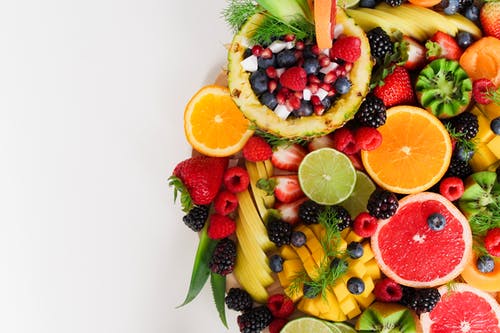
Fruits have a link to decreasing the weight of a body and decreasing the risk of getting diabetes, cancer, high blood pressure and heart disease. (Bertoia, 2015)
Read our popular article - Are Fruits Carbs – Can You Eat Fruit on a Low-Carb Diet?
Types of Fruits That Help In Body Weight Loss
1. Grapefruit
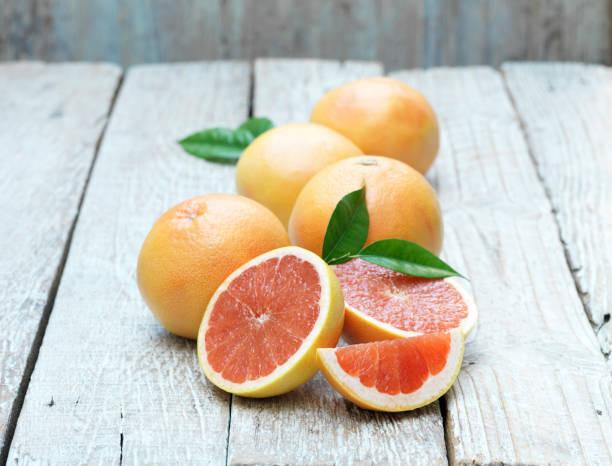
This fruit is a product of the cross between an orange and pomelo. It is often related to weight loss and dieting. Most medical experts recommend it for that. Half of a grapefruit contains 39 calories, 65% of the preferable daily intake of vitamin C.
The red type of grapefruit has 28% of the recommended daily intake of vitamin A.
The glycemic index of grapefruit is low, and thus the release of sugar into your blood system is slow. Obese people took up the challenge to take a grapefruit juice daily before taking their meals. (Stefan, 2018) Results showed that they had decreased calorie intake, and their body weight had decreased by 7.1%. It also showed increased cholesterol levels.
Research also indicates that grapefruit reduces body fat, blood pressure, and the weight’s circumference compared to control groups.
2. Apples
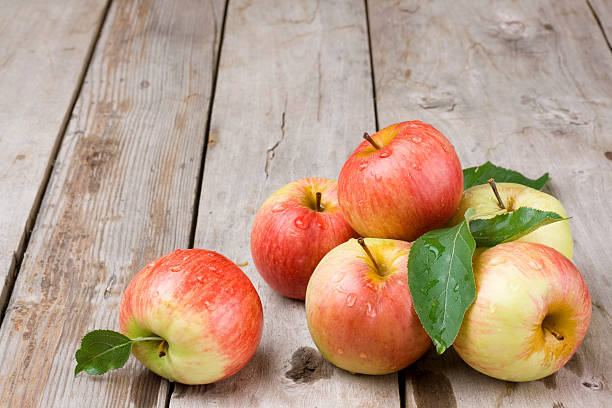
Apples have a lower content of calories and a high amount of fiber. The calories are 166, and the fiber is 5.4 grams in comparison to large fruit. Apples have been researched to be advisable for weight loss measure. Study shows that people who take apples for a maximum of ten weeks lose up to 91 kg. In four years, an individual taking an apple every day will lose 0.56 kilograms.
Research shows that to get the maximum benefit from an apple you will have to eat it raw without making a juice. Apple juice is studied to reduce body fat compared to a control drink with the same calories content. It also lowers cholesterol levels.
3. Berries
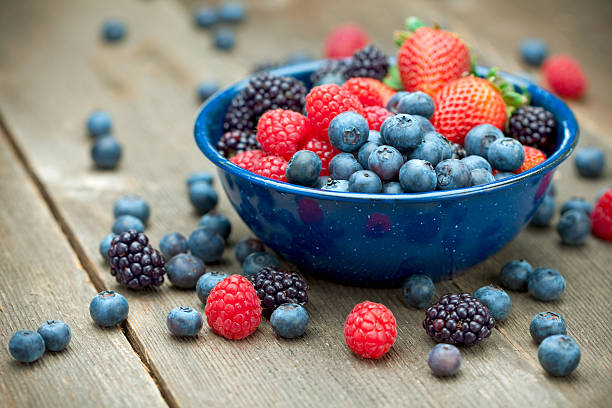
Berries have a low amount of calorie nutrients. Half a cup of blueberries has 42 calories. However, it contains 12% vitamin C of RDI and 18% for vitamin K. A cup of strawberries has 50 calories and 3 grams of fiber. Berries help decrease cholesterol levels, lower inflammation, and decrease blood pressure, allowing people who are trying to lose weight.
4. Stone Fruits
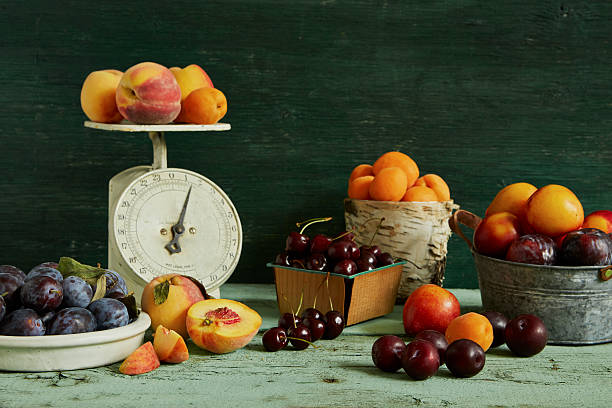
Stone fruits are a rare fruit to find though are very recommendable when it comes to weight loss. They are also known as drupes. These are seasonal fruits they have a stone-like interior, and there goes the name stone fruit. These fruits include peaches, plums, nectarines, apricot and cherries.
They have a low GI and calories. It is rich in Vitamin A and Vitamin C and thus makes it best for people losing weight. One peach medium, 150 grams, has 58 calories, making it useful in weight loss management.
5. Passion Fruit
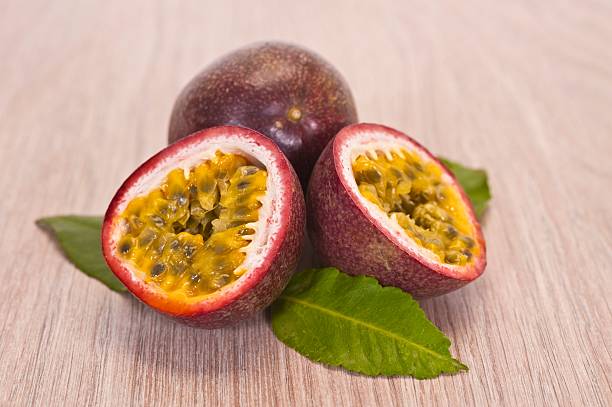
These fruits were initially originating from South America. It now grows in almost most parts of the world. One passion fruit that weighs approximately 18 grams has only 17 calories. It is also a rich fiber source, Vitamin A, Vitamin C, potassium and iron.
It has dietary fiber which slows down digestion and thus helps in the control of appetite. (Brownlee, 2017)
When you eat it, you feel fuller for a long time. It limits you from wanting to eat more food and thus helps in reducing body weight. Passion fruit has seeds which help in the provision of piceatannol. It is a substance that helps lower blood pressure and improves the sensitivity of insulin in men who are overweight.
To benefit in losing weight, passion is eaten whole.
6. Melons
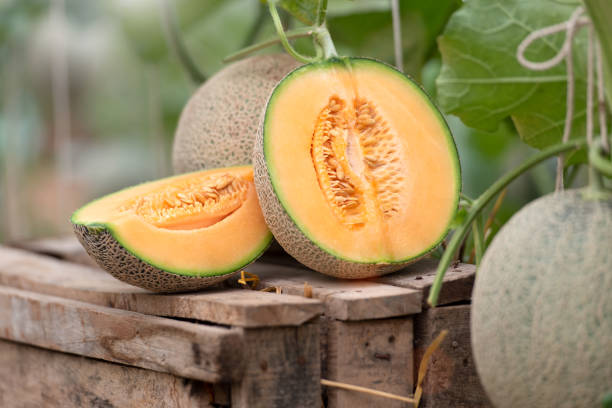
Melons are good for weight loss because it has low calories content and maximum water. These qualities make it recommendable for weight loss measure. It contains 46-61 calories in 150-160 grams of melon, that is, watermelon or honeydew. Melons are also recommendable for having a high content of fiber, antioxidants and potassium.
The high-water content in watermelons helps in the reduction of body weight. However, it is essential to control the watermelon potion you take because it has a high GI.
7. Oranges
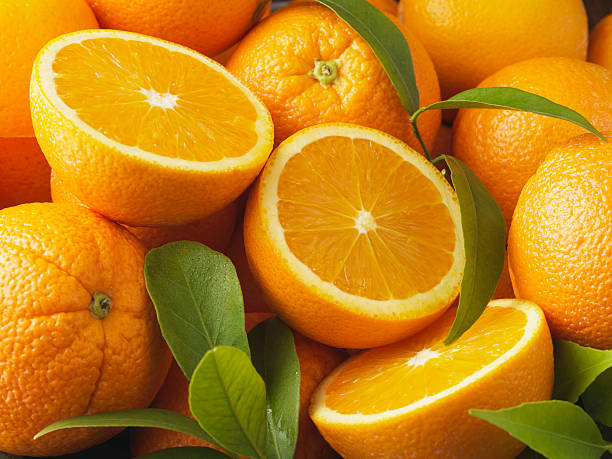
Oranges are part of citrus fruits, and they all have high vitamin C content and fiber. They are low in calories content. It is best to take the orange whole if you intend to lose weight instead of drinking the juice. Research has proven that eating an orange whole makes you feel full and less appetite for consuming food.
8. Bananas
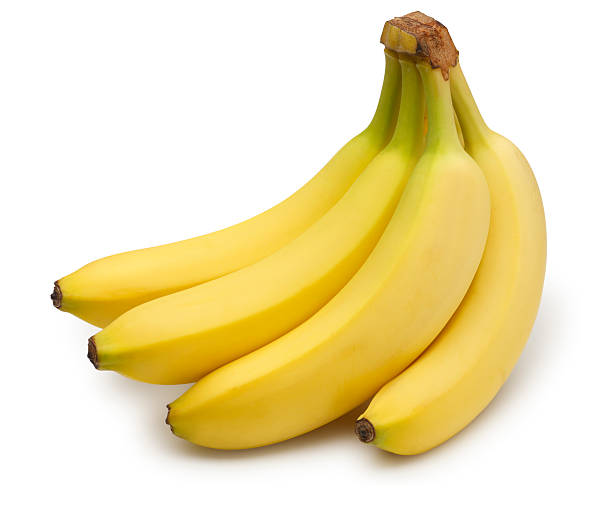
Bananas have high calorie and sugar content. They are more calories dense and also rich in nutrients. Some of the nutrients include manganese, potassium, fiber, magnesium and vitamins.
It aids in controlling insulin level because of having low medium GI. Thus helps people suffering from diabetes to reduce body weight. Bananas help in lowering cholesterol and blood sugar.
Having high-quality, low calorie and rich in nutrients makes it vital in losing bodyweight.
Conclusion
For a healthy diet to be complete, you need to add fruits in the diet. It helps in losing weight. Most of the fruits have low calories content and are rich in fiber and other nutrients. These contents boot the fullness of the body. Thus, you will lose appetite and therefore limiting your feeding behavior.
It is recommendable to eat the fruit whole rather than in the form of a juice so you can benefit fully in weight loss management. As much as fruits are recommendable to losing weight, they are not the only key to weight loss.
You should as well eat healthily and exercise.
References
Nunes, C. N., & Emond, J. P. (2007, December). Relationship between weight loss and visual quality of fruits and vegetables. In Proceedings of the Florida State Horticultural Society (Vol. 120, pp. 235-245).
Bertoia, M. L., Mukamal, K. J., Cahill, L. E., Hou, T., Ludwig, D. S., Mozaffarian, D., … & Rimm, E. B. (2015). Changes in intake of fruits and vegetables and weight change in United States men and women followed for up to 24 years: analysis from three prospective cohort studies. PLoS Med, 12(9), e1001878.
Brownlee, I. A., Chater, P. I., Pearson, J. P., & Wilcox, M. D. (2017). Dietary fibre and weight loss: Where are we now?. Food Hydrocolloids, 68, 186-191.
Stefan, N., Häring, H. U., & Schulze, M. B. (2018). Metabolically healthy obesity: the low hanging fruit in obesity treatment?. The lancet Diabetes & endocrinology, 6(3), 249-258.
